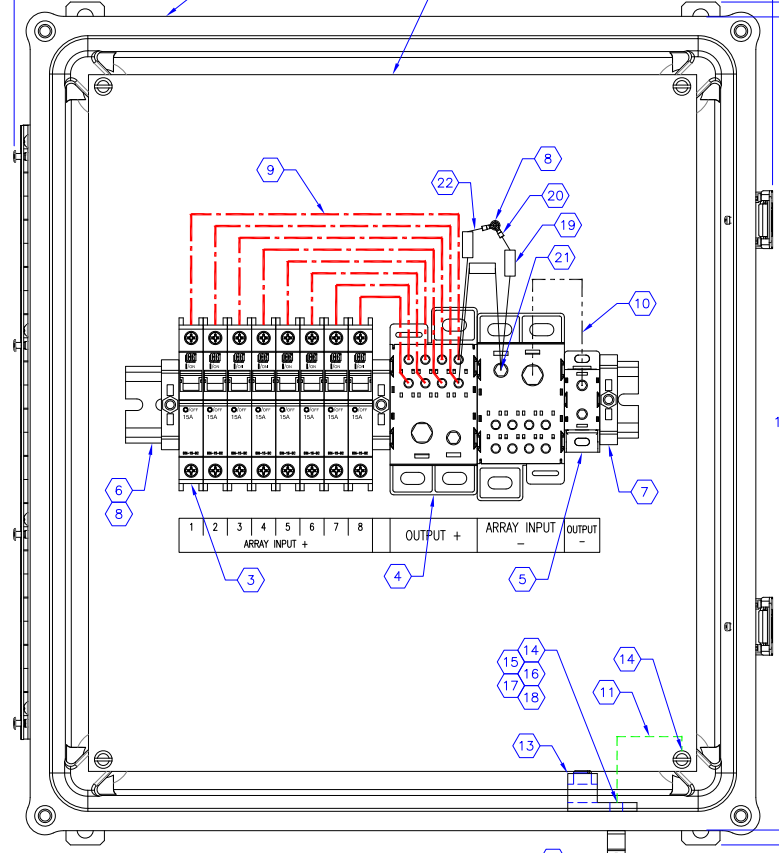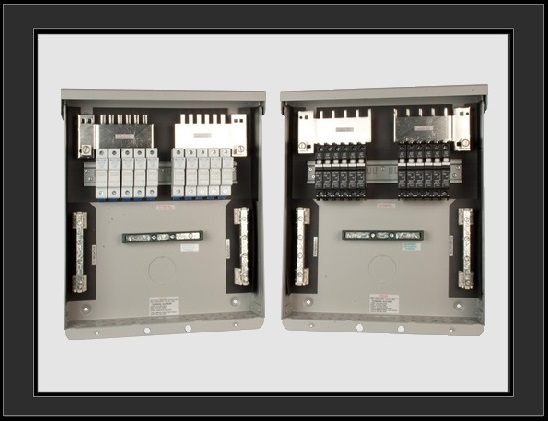When Is A Combiner Box Required?
The following is a discussion on the requirements for combining multiple solar array strings using a combiner box.
NEC Article 690.9(A) states the following exception with regards to solar module overcurrent protection:
“An overcurrent device shall not be required for PV modules or PV source circuit conductors sized in accordance with 690.8(B) where one of the following applies:
(a) There are no external sources such as parallel-connected source circuits, batteries, or backfeed from inverters.
(b) The short-circuit currents from all sources do not exceed the ampacity of the conductors or the maximum overcurrent protection device size specified on the PV module nameplate.”
What this means is if you have more than 1 string of PV modules in parallel and the combined short circuit current (Isc) times 1.56 exceeds the maximum fuse rating on the solar module, then overcurrent protection is required (fuse or circuit breaker). As an example; if you have a 190W module with an Isc of 5.8A and a maximum series fuse rating of 10A, and you want to parallel modules, overcurrent protection will be required for each string as the output of 2 modules would be 11.6A exceeding the maximum rating of 10A. However, if the maximum series fuse rating was 20A, then you can parallel 2 modules as 5.8A X 2 X 1.56 = 18A which would be less than the 20A maximum rating.
This means overcurrent protection is still required; however, the protection could be located at the solar array or at the controller. This is a preference and may depend upon the site and application. If you have multiple outputs from the solar array, having a single combiner box at the array with a single output to the controller might be a cleaner solution; however, if you only have 1 or 2 outputs, it might make more sense to just combine them at the controller.
Often times when combining solar arrays stand-alone enclosures to house the breakers, din rail, terminal blocks, wire, etc. are used. Below is an example of what combiner boxes may look like.



